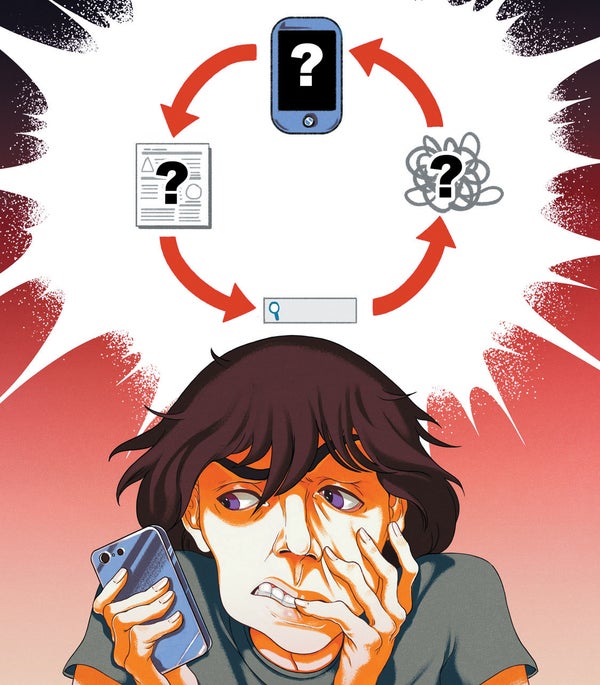In the olden days—say, the 1980s—if you bought a piece of technology, a paperback user guide came with it. It was the manufacturer's one big chance to explain its engineers' thinking to you, to communicate what the designers and marketers had in mind.
Supplying documentation seemed, at the time, like a good idea all around. Mastery made customers happy, and happy customers meant repeat sales. But there were other forces at play. Printing and binding took time and money—and customers didn't seem to be reading user manuals.
Over time, therefore, physical manuals began disappearing from our hardware and software boxes. Maybe you'd get a Quick Start leaflet, but the rest was online.
On supporting science journalism
If you're enjoying this article, consider supporting our award-winning journalism by subscribing. By purchasing a subscription you are helping to ensure the future of impactful stories about the discoveries and ideas shaping our world today.
To take up the slack, independent publishers began creating their own books. Bookstores had huge computer-book departments. For a while there—say, in the 1990s—that was a very good business indeed.
In those days, says my own tech-book agent David Rogelberg, “almost any book published would sell 7,000 copies—even the really bad books. A computer book best seller could sell hundreds of thousands of copies. The business was practically like printing money.” And then Google happened.
Online, you can search for certain terms, find topics faster and post questions for other people. Online communities and answer sites sprouted up. Mini tutorials on YouTube began showing you how to perform a task. And it's all free.
Meanwhile the kind of technologies we use has changed. “People increasingly spend time in apps and social sites that have a fairly simple interface,” Tim O'Reilly told me. (He's founder of O'Reilly Media, which publishes my own how-to books.) “You don't need a book to use Facebook.”
That was the beginning of the end for computer books. Small independent publishers closed their doors or got folded into bigger publishers. “Many of the old imprints [publishing brands] still exist under the big publishers, but there have been tremendous layoffs of editors. In short, the people who made the imprints unique are long gone,” Rogelberg says.
According to O'Reilly's research department, computer-book sales have dropped 54 percent since 2007. In principle, the demise of professionally prepared support materials shouldn't be any cause for concern. It's just another sea change unleashed by the Internet, another in the list of casualties, such as printed encyclopedias, newspaper classified ads and music on discs.
In reality, though, none of the tech industry's teaching channels—manuals, computer books, online sources—is universal and effective. To this day, it's astonishing how little we know about our phones, computers and software. How many times have you heard people sheepishly admit to knowing only 10 percent of their phone's or computer's features?
A Microsoft product manager once told me, with exasperation, that most feature requests the company gets for Microsoft Office are, in fact, already features of Microsoft Office.
And seeking help online is often frustrating. The posts you find may not cover the right software version or product model. Or they don't quite describe your problem. Above all, they fail in teaching what O'Reilly calls “structural literacy.” That's the art of knowing what to look for. “At the consumer level, this means that a new system may move around the knobs and levers, but you know what they do and how to look for them. You see the same thing in a car: ‘Where is that damn lever to open the gas cap?’”
Hardware and software makers still operate with their traditional business model: Every year or so they sell us a new version, whose appeal is supposed to be more features. And so, as time goes by, our gadgets and apps become more and more complex—but access to documentation remains scattershot and incomplete.
In the fantasy version of our world, designers would make our tech products simple enough, their important features obvious enough, for the masses to figure out on their own. Until then, there will be a growing information gulf between the features we want and the engineering work that's already been done.

